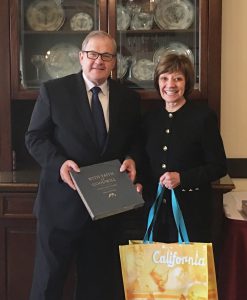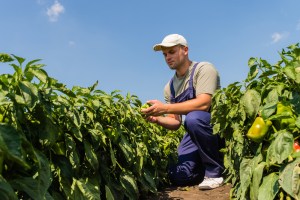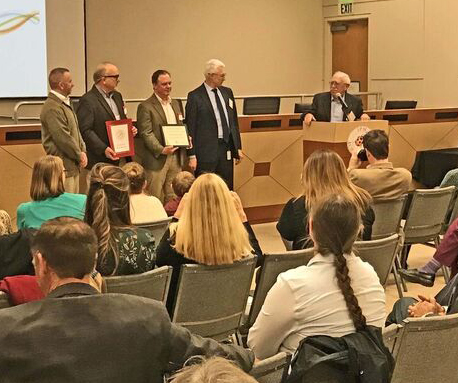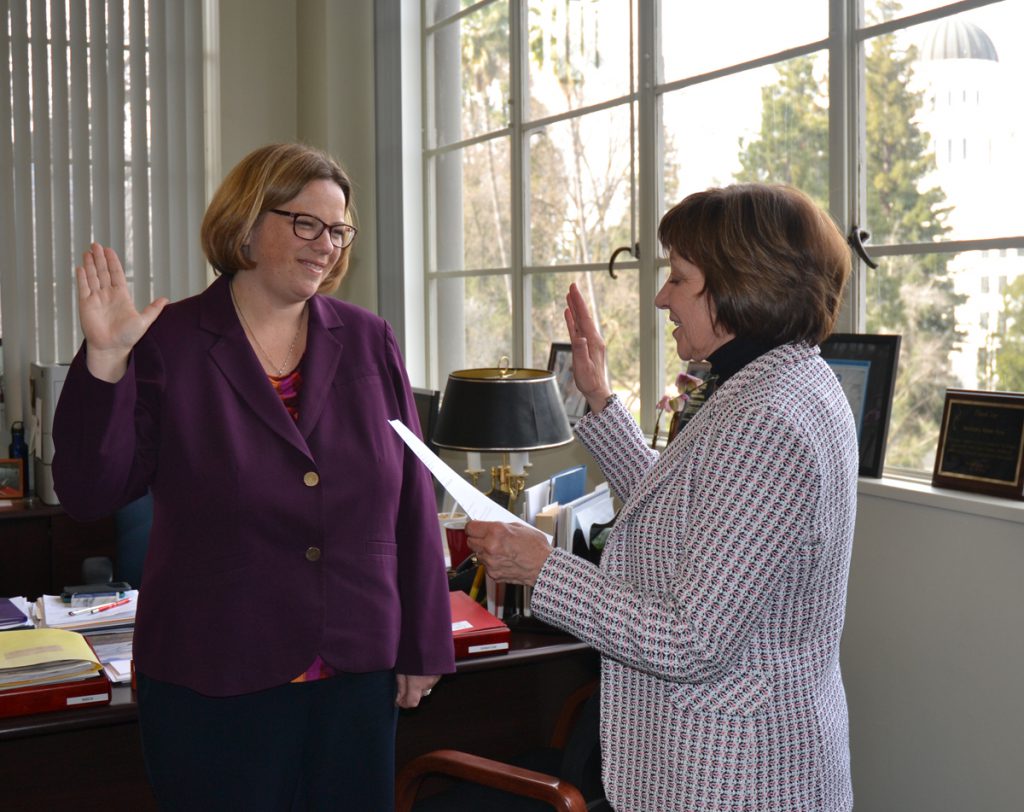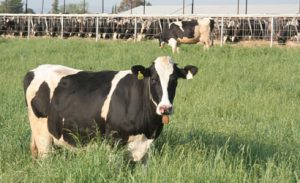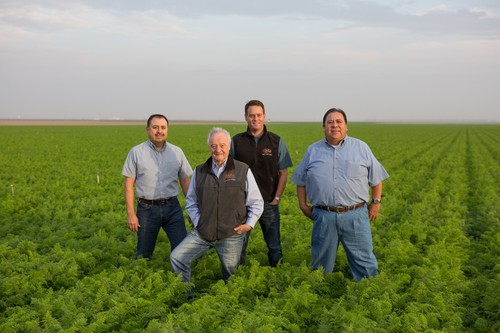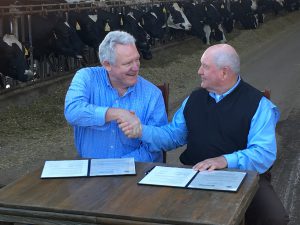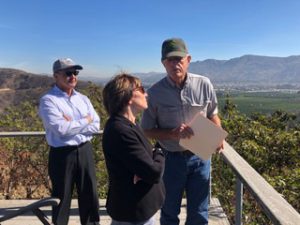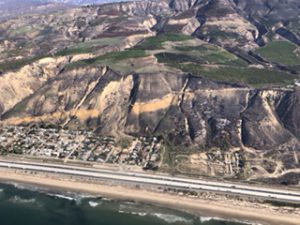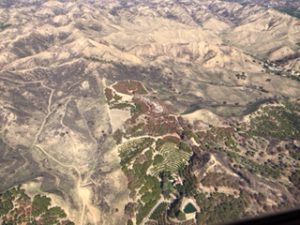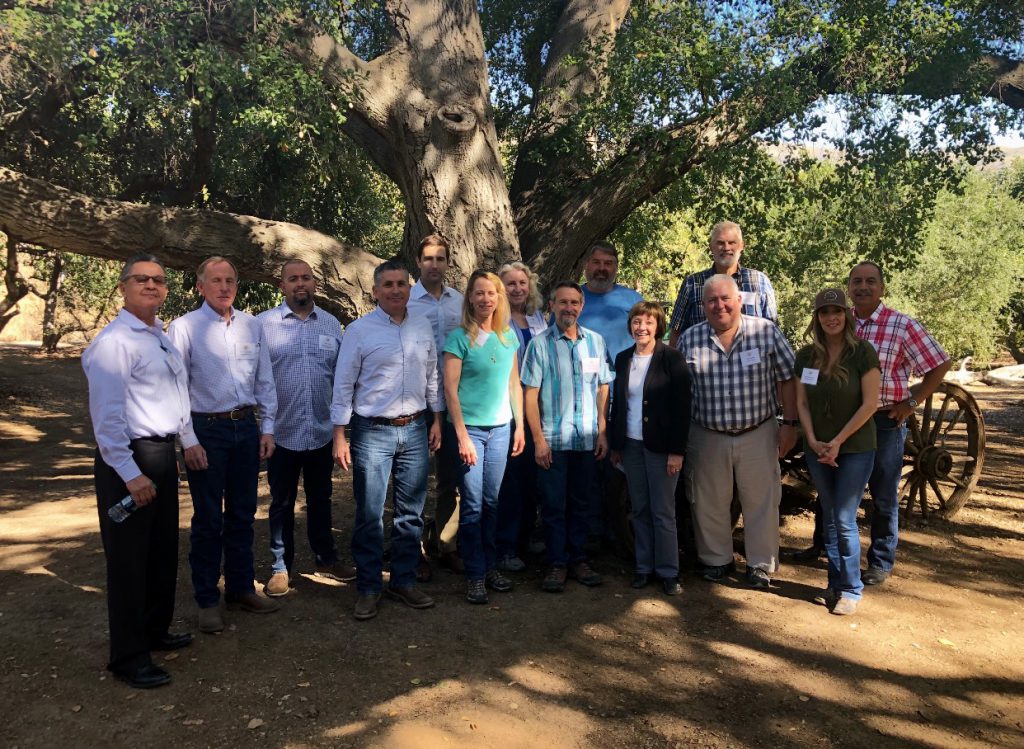
By Cara Rosenbloom
If you’ve noticed a positive change in food trends over the last 10 years, thank a millennial. Loosely defined as people born from the early 1980s until about 2004, millennials are the largest U.S. age demographic, and as such they are key tastemakers. Their food preferences are helping determine what you’ll find in grocery stores and restaurants across the country.
Millennials are in college, starting new jobs, getting married or having kids. Right now, there are more millennials in the workforce than any other age bracket, and their consumer choices matter. Here’s how this generation is influencing the way we eat. ( These are generalizations based on statistics, and not necessarily true for every millennial you know.)
They want the truth from food manufacturers. Big food producers are starting to listen to consumer demands for transparency about ingredients and sources, and this request is largely driven by millennials who want to know how their food is made. We all benefit from seeing more informative food labels on grocery store products.
They love customization. Millennials don’t want the same sad burger that everyone else is eating. They want to custom-design the flavor and personalize their meal. And why not? They are paying for the food; it may as well be exactly what they want. If you notice more quick-service restaurants offering customizable options that you love, thank a millennial for that.
They want easy. According to the International Food Information Council’s 2017 Food and Health Survey, 55 percent of millennials say convenience is a top driver when buying food, while baby boomers say taste matters more. Millennials are the drivers behind meal kits, grocery delivery services, food trucks, online ordering and the growth of heat-and-eat options at grocery stores.
They are redefining “healthy.” If you ask a millennial what a “healthy” restaurant food is, they won’t say low-fat or high-fiber. According to statistics, they may tell you it’s food that’s natural, organic, locally sourced or sustainable . That’s why many menus now list the farm where your lettuce was grown or offer organic options.
They want better baby food. When my daughter was born 11 years ago, feeding a baby was all about powdered rice cereal and jars of mashed green beans. Have you strolled down the baby food aisle lately? You’ll find gourmet blends in convenient pouches — organic chicken risotto and portabella mushrooms, anyone? Becoming a parent changes food habits more than any other milestone, and millennials tend to focus on food quality once they realize they are responsible for feeding a little person. While some of the products are outlandish, the variety and quality has certainly improved because of demand.
They value the planet. While older shoppers still read labels for information about calories and fat grams, millennials are more interested in how the food was sourced and grown, and how that affects their carbon footprint. Sustainability is a priority for them when buying food at grocery stores or restaurants. Millennials’ awareness of environmental issues has influenced food manufacturers to institute better earth-friendly practices.
They love to snack. Because some millennials graze instead of eating large meals, snack options have exploded, and there are many healthy offerings, such as chia seed pudding, roasted chickpeas and popped sorghum. Millennials have also pushed food companies to meet their need for convenience by demanding food packages that are resealable, easy to open and portable.
They love the keto diet. According to IFIC, 47 percent of millennials say animal protein is healthy, whereas just 26 percent of older cohorts say this. And millennials are more likely than older cohorts to say saturated fat (found in keto-friendly coconut oil, cream and butter) is healthy. Whether you love or loathe the high-fat keto diet, millennial interest is driving researchers to take a closer look at it, so we will have some evidence-based answers about its efficacy soon.
They will try anything. Millennials are described as open-minded and curious. They like trying new flavors, love ethnic cuisine and won’t shy away from vegetarian and vegan options. As menu choices expand and you try new things, know that’s driven by millennials.
While there are many positive changes in food and nutrition because of millennials, there is one troublesome statistic to note. According to IFIC, about 40 percent of millennials say that friends and family are a top source of their nutrition information (only 21 percent of boomers give that answer — they trust doctors and dietitians more).
There’s no way to know how trustworthy someone’s sister’s nutrition information is. Plus, millennials rely heavily on websites, bloggers and social media fitness professionals for health information. This can spread nutrition myths (like their love of organic food), and can be harmful for future generations, including their very well-fed babies.
Registered dietitian Cara Rosenbloom is president of Words to Eat By, a nutrition communications company specializing in writing, nutrition education and recipe development. She is the co-author of “Nourish: Whole Food Recipes Featuring Seeds, Nuts and Beans.”



